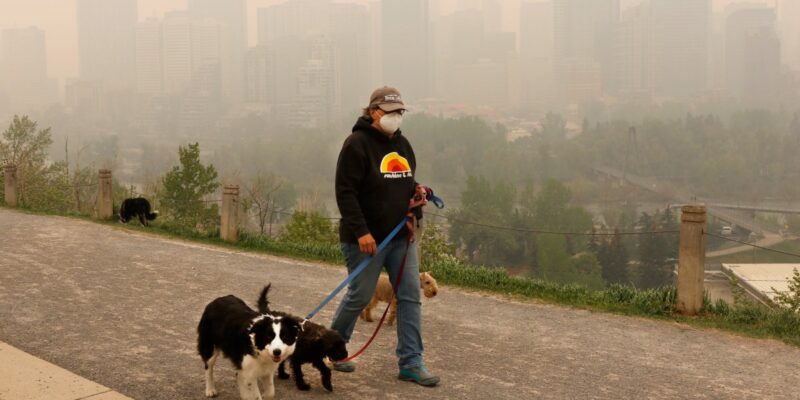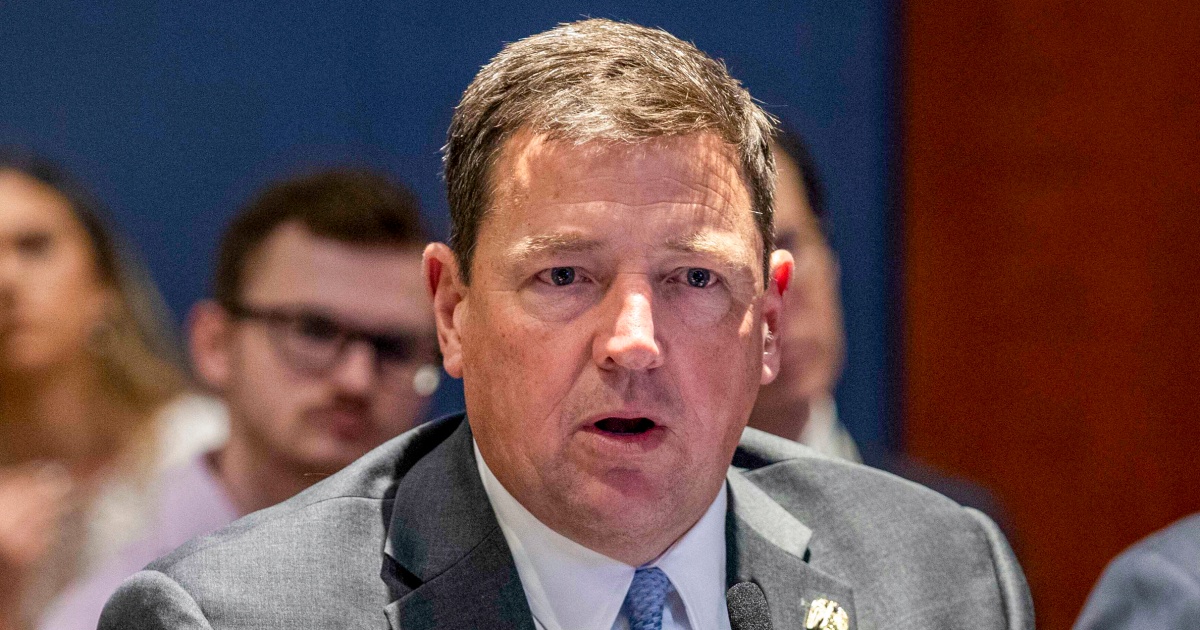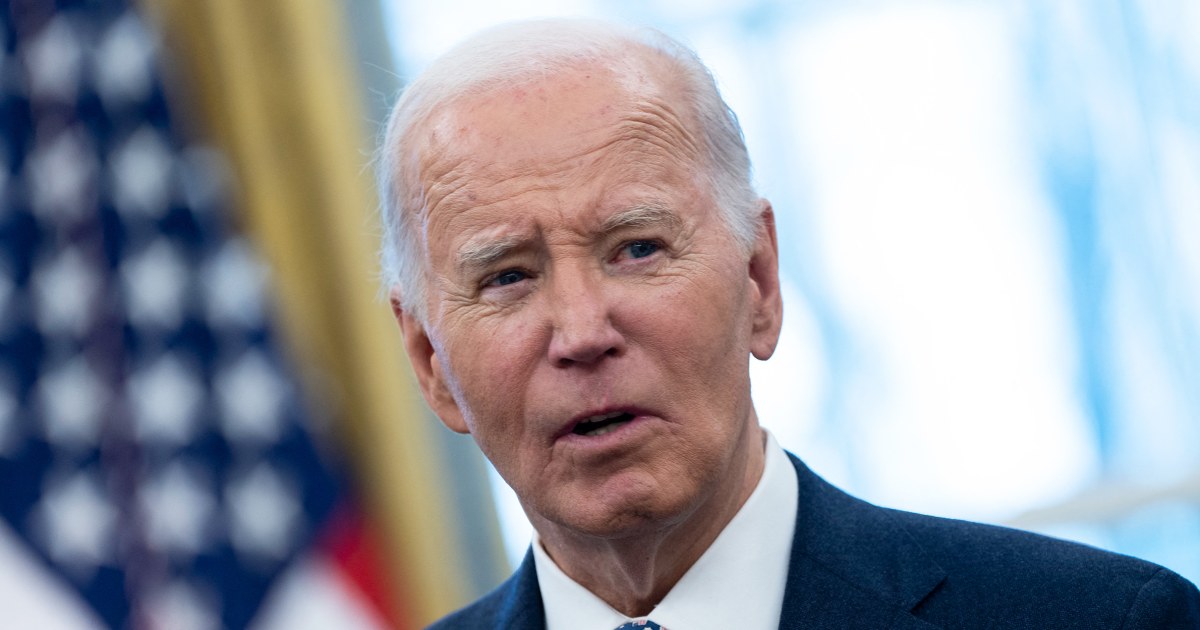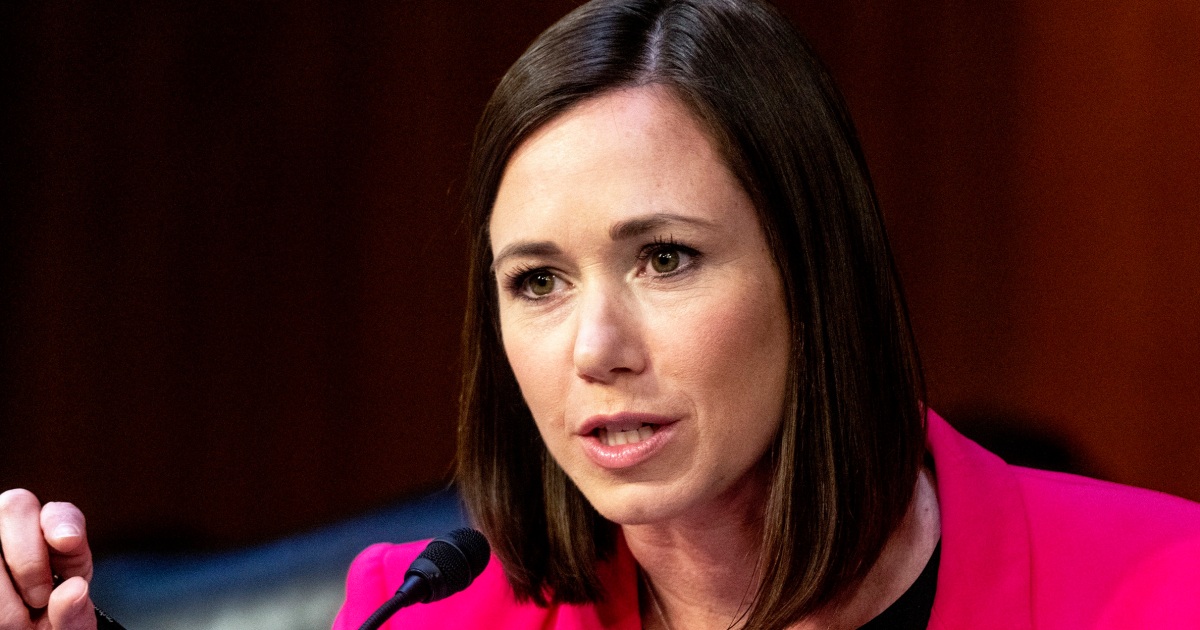
This article originally appeared in The Globe and Mail. John Vaillant’s latest book is Fire Weather: The Making of a Beast.
We weren’t a week into May before 30,000 people had been evacuated because of dozens of fast-moving wildfires in Alberta. Structure losses were mounting, and politicians were trotting out words like “unprecedented.”
Unprecedented? Where were they in 2017, when British Columbia had its worst fire season on record and generated four simultaneous pyrocumulonimbus thunderstorms? Where were they in 2016, when Fort McMurray burned—for days—along with 6,000 square kilometers of forest? What about 2011, when Slave Lake lost its town hall, library, radio station, and 500 houses in a few hours?
No, the current fire situation is not unprecedented, and calling it the “new normal” is offensive. There’s nothing “normal” about it. Do I sound angry? I have a right to be, and so do you. In the late 1970s, Exxon’s own scientists predicted that the effects of increased industrial CO2 would penetrate the “noise” of random climate fluctuations and become measurable in the form of rising global temperatures, especially at higher latitudes like ours.
I started working on my latest book, Fire Weather, in 2016, just days after Fort McMurray disappeared beneath a fire-borne pyrocumulus cloud 14 kilometers tall. I did so not because this was a once-in-a-lifetime fire (the intervening years have proven otherwise). I did it because I understood, way back in 2016, that if a fire could do that much damage to such a wealthy, well-equipped subarctic city when the lakes were still frozen and car-sized blocks of ice still lined the Athabasca River, imagine what it could do to more southerly towns filled with old, densely packed wooden houses? Places such as Vancouver, Moose Jaw, or St. John’s? Imagine what such a fire could do in cottage country, or in the thousands of rural communities located in the wildland-urban interface, where half of Canadians, and a third of Americans, now live.
I was scared, but I’m also angry: This situation was foreseen more than half a century ago, and it is now upon us with a vengeance. Wildfire seasons have been lengthening, and fires have been burning with a greater destructive intensity. I call it “21st-century fire” because that’s when fire really started to get weird. Before 2000, wildfire-generated pyrocumulonimbus thunderstorms were an extreme rarity. Now they are a common feature; Alberta generated several of them in the first week of May alone.
In Canada, and elsewhere, wildfires have traditionally been viewed as a rural problem. But as we’ve seen in recent years in Australia, the United States, Canada—and many other places—cities, and towns are increasingly under threat. The area of greatest concern to Canadians is the wildland-urban interface—a.k.a. the WUI (rhymes with “phooey”). The WUI is where the forest meets the built environment, i.e., those tree-lined subdivisions where so many new Canadian homes are being built. It’s a beautiful place to live until it’s on fire. The bad news is: Whether you live in the suburbs of Victoria, Saskatoon, or Calgary, your neighborhood is more flammable than it used to be.
Here’s what else is different about 21st-century fire: In Fort McMurray on May 3, 2016, the temperature broke the record high for that date by 6 degrees Celsius, and the relative humidity plummeted to 12 percent—drier than Death Valley. For fire, that’s as good as gasoline. The Fort McMurray fire grew so big, so fast, it overran the city in an afternoon and generated its own stratospheric storm system in the middle of what had been a bluebird Alberta day. As the city’s residents made their frantic escape, it was through apocalyptic conditions that recalled the seventh plague in the Bible’s Book of Exodus: “So there was hail, and fire mingled with the hail, very grievous, such as there was none like it in all the land since Egypt became a nation.”
There was none like it since Canada became a nation, either: The exodus of May 3 was the largest, most rapid displacement of people because of fire in modern times— anywhere on Earth. So profound was the damage, and so persistent were the flames (houses and work camps were still burning down two weeks later) that the city was closed for a full month. With the sole exception of New Orleans after Hurricane Katrina, no other North American city has been disinhabited for so long.
Few human beings alive have experienced what tens of thousands of our fellow citizens suddenly found themselves in the middle of on that blistering spring day. It was terrifying, and, as many survivors of the fire told me, hard to believe. Some things are just too big to fit in your head, and the Fort McMurray fire was one of those things. For some, it still is. A week into the fire, then-premier Rachel Notley tried to articulate the devastation she saw: “You go to a place where there was a house and what do you see on the ground? Nails. Piles and piles of nails.”
In ancient times, the only things that could manifest this kind of annihilating End-Times energy were volcanoes, earthquakes, and angry gods. Now, after two hundred years of relentless combustion, our fossil fuel-driven civilization has become its own volcano.
What do I mean by that?
It’s easier to wrap your head around the impact of a fire-powered civilization when you get past euphemisms such as “fossil fuels,” “coal” and “oil and gas,” and call our prime mover by its true name: fire. In this historical moment, fire is what drives us, what empowers us, what enables and enriches us, and it raises a burning question: Who is empowering whom? Fires are now burning where they’ve never burned before, Greenland, the High Arctic, and in rainforests from BC to Brazil. In 2021, even the International Energy Agency—historically, a friend to the fossil-fuel industry—said, “Enough! If we are to maintain any semblance of climate stability, we must stop building fossil-fuel projects right now.”
If the IEA is freaked out, you know we’ve turned a corner.
Fire, and our slavish devotion to its force-multiplying power, lies at the root of our current situation. With our cars and stoves and central heating, hundreds of millions of us now live like emperors of old—only instead of enslaved people and draft animals serving us, we have fire-powered machines. Most Canadians command a vast invisible retinue. Just imagine how many horses it would take to move a two-ton minivan from Toronto to Ottawa at highway speed. Thanks to superb engineering, we remain blissfully unaware of the violent explosions taking place under the minivan’s hood with every turn of the crankshaft. Thanks to disingenuous advertising and lax laws, we are equally oblivious to the 100 kilograms of CO2 trailing behind us on that single Toronto-to-Ottawa run.
Billions of us are engaged in these activities. Lightning strikes the Earth millions of times a day, starting thousands of fires, but lightning’s got nothing on us. For starters, about three billion people are still cooking and heating with open fires. Meanwhile, in the developed world, you’ve got hundreds of millions of gas stoves, water heaters, and home furnaces. The list of flammables goes on: Wars and trash generate a lot of fires; so does slash-and-burn agriculture, so do forest fires, and so does petroleum refining. According to the National Energy Board, Alberta’s bitumen industry uses more than 57,000,000 cubic meters (two billion cubic feet) of natural gas per day—the energy equivalent of 350,000 barrels of oil—for the sole purpose of separating bitumen from sand. Canada is the fifth-largest producer of natural gas in the world; in 2017, nearly a third of Canada’s total production was devoted to processing bitumen. Even after this colossal energy input, the rendered bitumen will still need further, fire-intensive upgrading to be actually burnable. Lest there be any confusion, natural gas is about 80 percent methane, a greenhouse gas 50 times more potent than CO2.
Already, we’re into the billions of daily human-caused fires, but it’s when I started looking at engines that the numbers really took off. Globally, you’ve got well over a billion cars, a quarter-billion trucks, 200 million motorcycles, 25,000 passenger jets, and 50,000 ocean-going freighters (a third of which are devoted to transporting more fuel to burn). A single six-cylinder minivan running at driving-to-school speed—2,500 RPM— will generate around 10,000 combustions a minute, more than half a million per hour. That’s a lot of fires. Add them all up and you get tens of trillions of individual combustions. That, roughly speaking, is the number of fires humans make every day – uncountable as stars in the universe. (Nature: “Behold my mighty volcanoes and wildfires!” Humans: “Hold my beer.”)
Every single one of those fires generates CO2 emissions, and all of it stays here on Earth (no, carbon capture will not make a dent in this). A certain amount is absorbed into limestone by chemical weathering, but the bulk of anthropogenic (human-caused) CO2 is absorbed by our oceans, or set loose in our atmosphere where it remains active for decades, if not centuries. Findings published May 16, 2023 in the journal Environmental Research Letters revealed that, over the past 40 years, roughly 40 percent of the area burned in wildfires in the western U.S. and southwestern Canada can be traced to industrial CO2 emissions.
Bottom line: When you extract, upgrade, refine, and burn toxic substances such as coal, bitumen, oil, and gas at the rate we are burning them, decade after decade, you’re going to see changes. Atmospheric CO2 levels are now fully 50 percent higher than in preindustrial times, and it affects everything we care about, from fetuses to phytoplankton, from water to winter. “Fire weather” is not just a book title, it’s a technical term. Natural Resources Canada uses a Fire Weather Index to gauge fire risk, and when the index is high, things we care about and depend on ignite much more easily. When Fort McMurray burned, the Fire Weather Index peaked at 42—record territory, well beyond “Extreme.” In B.C., during the heat dome of 2021, it went far higher. Now, that was “unprecedented.”
This is not unique to Canada; weather services around the world are scrambling to find new names and colors to account for these off-the-charts extremes in temperature, flammability, rainfall, ocean surge—you name it. It’s like the Spinal Tap amp that goes up to 11, only not funny: Australia’s new Fire Danger Ratings System goes from High to Extreme to Catastrophic.—
This is fire weather for a new planet. A planet we have made.
I have stood with survivors in the ash and ruin of their lives, and trust me, you wouldn’t wish this terror and sorrow on anyone. But I’ve seen the Fire Weather Index and this week, this month, this summer, that number is sure to grow.















